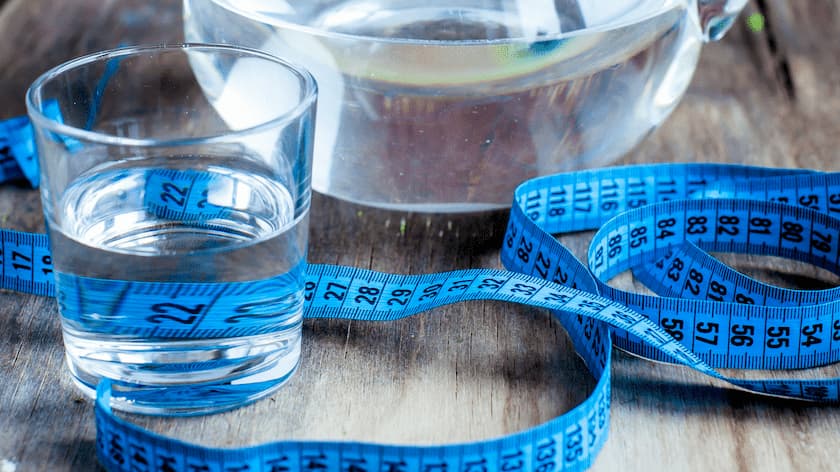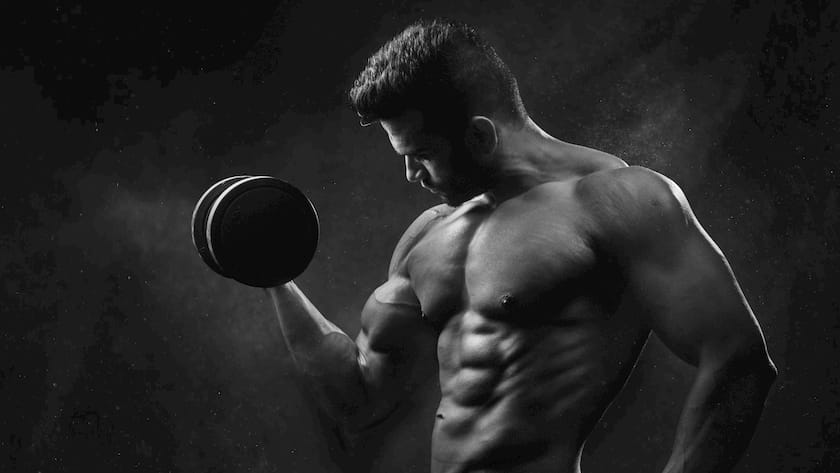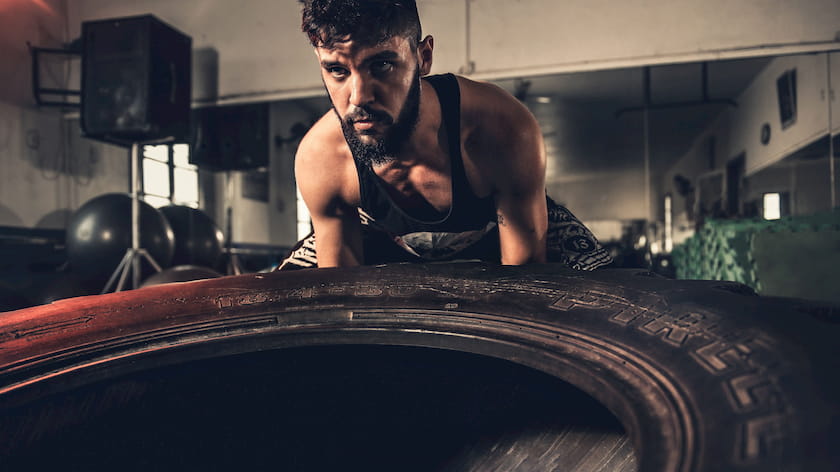Many people all over the world jump on a scale each day and are frustrated with their progress.
People who are desperately trying to lose weight are obviously extremely frustrated when they see they have actually gained a pound in the last four days. But how could this be? You exercised twice, ate pretty healthy, and even said NO to that office cheesecake!
On the other hand, people who are skinny and trying to build lean muscle mass and pack on size are frustrated when they jump on a scale after a week of hard workouts and heavy eating only to find that they LOST a pound.
Does the scale truly mean that the first example gained a pound of BODY FAT, and the second example lost a pound of lean muscle mass?
A Stall in Weight Loss Does Not Mean a Stall in Fat Loss
This can be very misleading due to water weight and the amount of water retention in your body. There are many factors that lead to water retention such as intense exercise, fluctuating sodium, and your body’s key electrolytes being out of whack.
Fluctuating water weight levels is one of the main reasons why you can actually look “fatter” even after a few weeks of dieting. People who do fitness modeling and bodybuilding are experts at knowing how to draw out every last ounce of water from their body, but for the average person who is following a pretty normal diet and routine, this can be a bit tricky.
Solutions to Water Weight
This article is going to break down all of the aspects involving water weight and teach you how to flush it from your body regularly so you can achieve that tight shrink-wrapped feel that the magazine cover models achieve.
There are a few really easy principles you have to follow if you want to ensure that your body doesn’t store water weight.
Who is this advice ideal for? If you weighed yourself in the last few weeks and haven’t lost as much weight as you thought and are 100% sure that you have been in a reduced caloric state you are most likely storing a lot of water weight.
These tips will help you reduce your water weight and get back to normal levels, so you can accurately track your weight loss progress and immediately look “thinner.”
This can also benefit the average person who just wants to always look their best and not look bloated. If you are pumped full of water weight you will look much heavier than you are, and if you want to stay really lean and always look like you have six-pack abs this will also benefit you.
How to Stop Water Retention
1. Drink MORE water
One of the best things you can do to get your body in a good rhythm, where it’s not storing any water and is quickly eliminating the water that comes into your body, is to drink MORE water.
When you don’t drink enough water, your body desperately holds onto it to prevent dehydration. This is a survival tactic that your body uses to protect itself from dehydration.
If you want your body to operate like a fine piece of machinery, drink at least a gallon of water per day for every 150 lbs of body weight. This is especially true if you are exercising regularly.
If your body is not getting enough water and you are regularly sweating during your exercises, you are throwing off your body’s natural hydration and electrolyte system. That’s why consuming plenty of water and an electrolyte supplement are extremely important.
The good news is that three solid days of fully hydrating will get you back to normal levels.
When your body has enough water, and you are fully hydrated, you will not hold onto excess water weight. The water you are drinking will fill up your muscles and your cells, and the rest will be eliminated.
When you are not fully hydrated and you consume water, your body holds onto this under your skin for an emergency because it doesn’t know when it will get more water.
2. Reduce your sodium intake
To put it plain and simple, the more sodium that you ingest, the more water retention you will have.
You’ll want a bit of natural sodium from things like sea salt, but you should eliminate sodium from bad sources that will make you appear “puffy” and give you a bloated look.
Here is a list of some high-sodium foods that you may be consuming too much of:
- Deli Meat
- Processed Foods
- Chinese Takeout
- Fried Foods
- Bread
- Canned Meats
- Canned Vegetables
- Ice Cream
- Candy
- Pretzels
- Potato chips
- Flavored Mixed Nuts such as chocolate almonds
As you can see, many of these foods are actually very unhealthy for you and shouldn’t be consumed on a weight loss diet anyways.
The more sodium that is in your diet, the more water you will retain when you drink it; reduce your sodium intake, and reap the results.
3. Lift weight
The third piece to the puzzle is to lift weights at least a few days per week, so that muscle cells take up some water weight. This will also cause your body to be less likely to store water between your skin and muscles. You want all of your water weight to fill your muscles and flush all of the excess water weight from your body so that it doesn’t cause unnecessary bloat.
This combination allows you to constantly flush water out of your system, and the lack of sodium will assure that you don’t retain any water or bloat.
This means that your skin will stick tight to your lean muscles, and you will be able to accurately get a good idea of your fat loss/lean muscle gains on a week-to-week basis.
If you have fewer than 10% body fat, you should also follow this game plan to maintain those aesthetic looking six pack abs!
4. Eat more fruits and vegetables
One more thing that you can do to make sure your body is operating like a machine and you are not storing excess water weight is to increase your intake of fresh fruits and vegetables. These are all natural high fiber foods that will help your body run at peak health and efficiency.
If you have a diet that is very low in fiber, it will not be able to eliminate waste efficiently, and you will constantly look bloated.
To summarize, water retention and weight loss is not rocket science. If you want to always look your best and not store excess water weight, you need to follow these four simple steps.
-
Drink at least 1-2 gallons of water per day (more on workout days)
-
Eliminate as much sodium from your diet as possible
-
Lift weights at least 3 times per week
-
Eat lots of fresh fruits and vegetables



Leave a comment
All comments are moderated before being published.
This site is protected by hCaptcha and the hCaptcha Privacy Policy and Terms of Service apply.